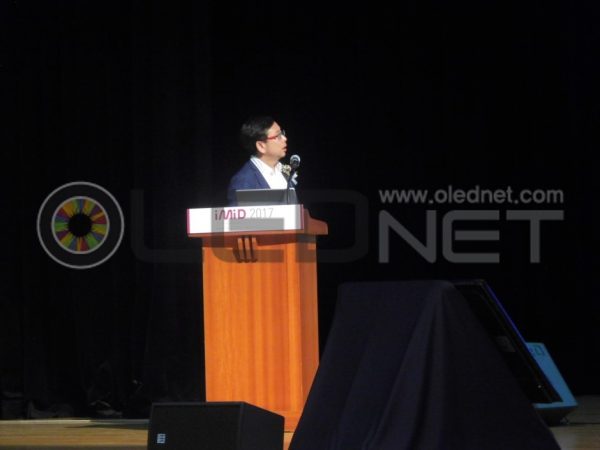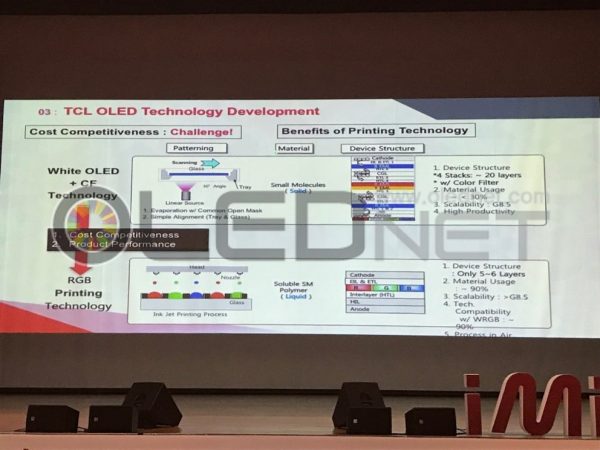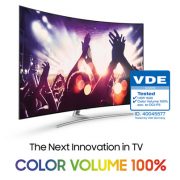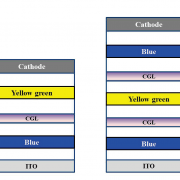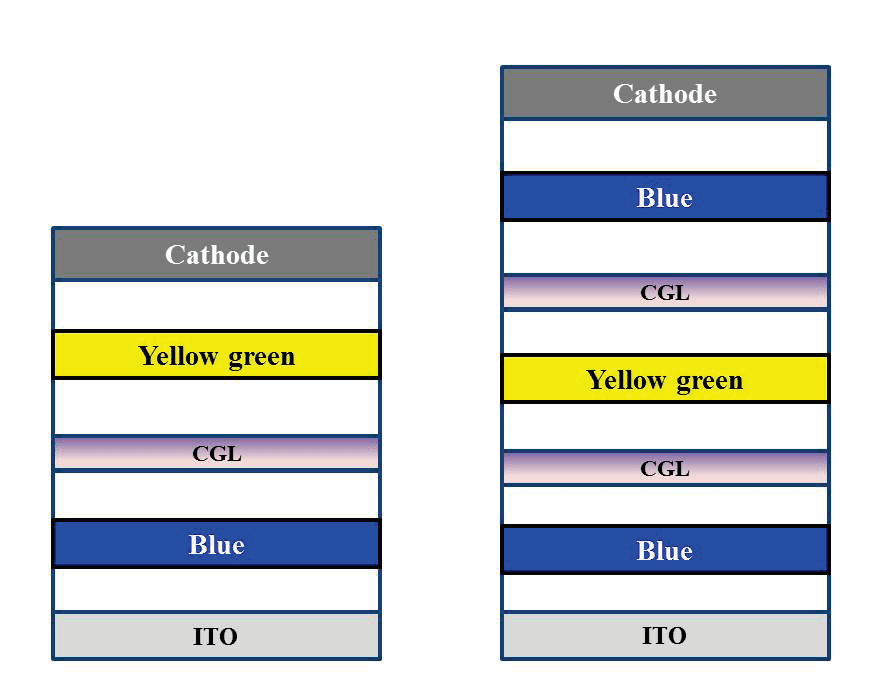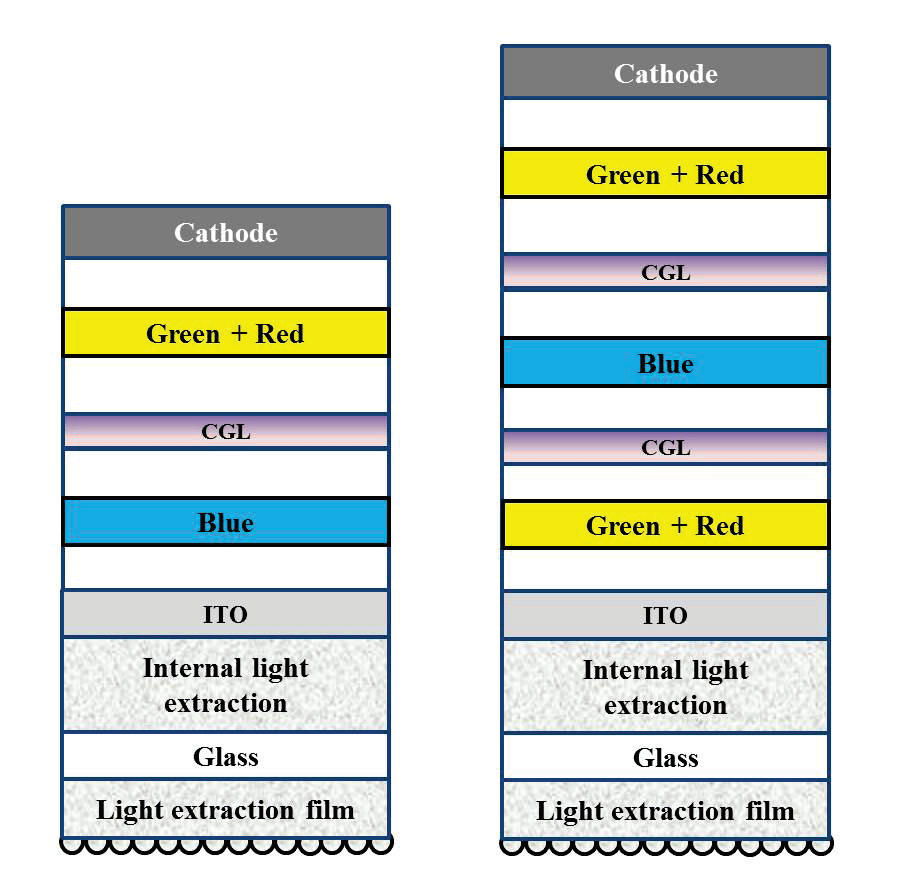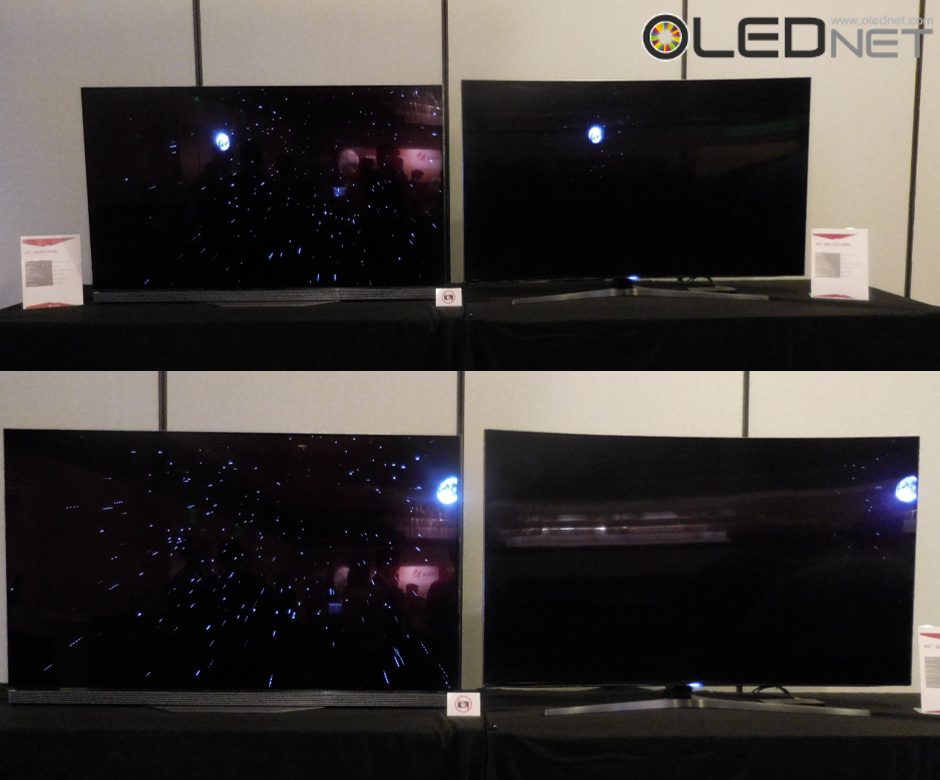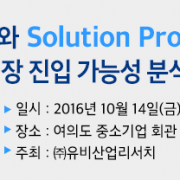Competition for definition of TV between LG OLED TV and Samsung QD-LCD TV is getting fierce in Premium TV market.
Samsung announced that ‘color volume 100%’ of QD-LCD TV has been verified from VDE(Verband Deutscher Elektrotechniker), a standard verification association in Germany for the first time in the world. Color volume is a new standard designed to measure even the variation of colors which get different according to brightness as the range of brightness which TV can express gets wider and it’s a standard to measure how accurately TVs realize the intention of an original author. Samsung announced that VDE verified color volume 100%, measuring color area and brightness level of QD-LCD TV in a 3 dimensional form.
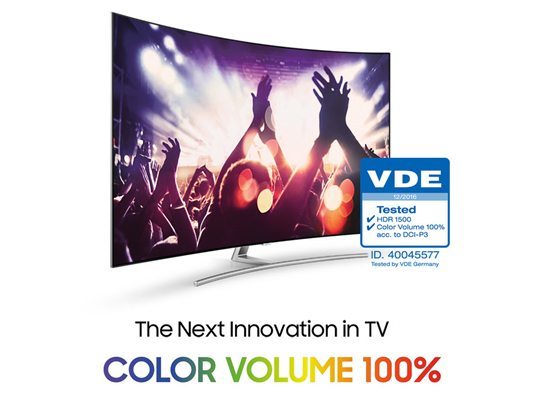
<Samsung QD-LCD TV which acquired verification of ‘color volume 100%’ from VDE in Germany>
On the other hand, in last Feb. 20, through its blog, LG also announced that it has received an evaluation of excellence for definition of OLED TV in items of Black, Peak brightness, Color, etc. in the result of a recent definition test of OLED and QD-LCD from Burosch in Germany, a professional evaluation company for video technology and display. Products whose definition were evaluated are TV 65E6 and QD-LCD TV 65KS9800, and LG announced that OLED TV recorded 5 points out of 5 in major test results such as HDR and SDR definition.
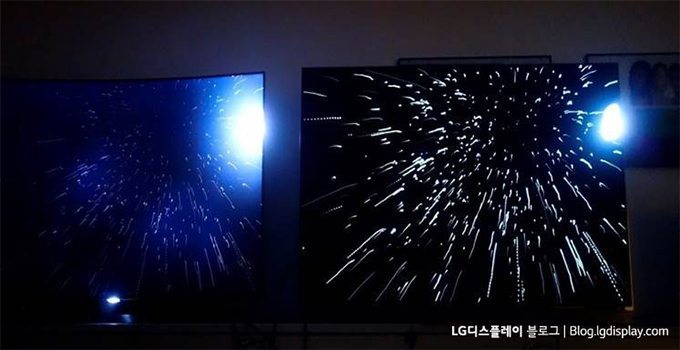
<Comparison of Space Scene Definition of QD-LCD TV(Left) and OLED TV(Right), Source : LG Display blog.>
As Samsung and LG launch premium TV in a row, a real competition to hold a lead in premium TV market has started. On 27, by Bestbuy, price of 55 inch C7 of OLED TV which LG launched this year is US$ 3,499.99, and US$ 2,499.99 of 55 inch Q7 of Samsung and Q8 which is more luxury type than that is getting closer to US$ 3,499.99, so the competition for definition is predicted to get more fierce in the future.
Many people are paying attention to which one will hold a lead in the competition for definition of premium TV between QD-LCD TV which hold a lead in the aspect of brightness and OLED TV which holds a lead in the contrast range, response speed, etc.
